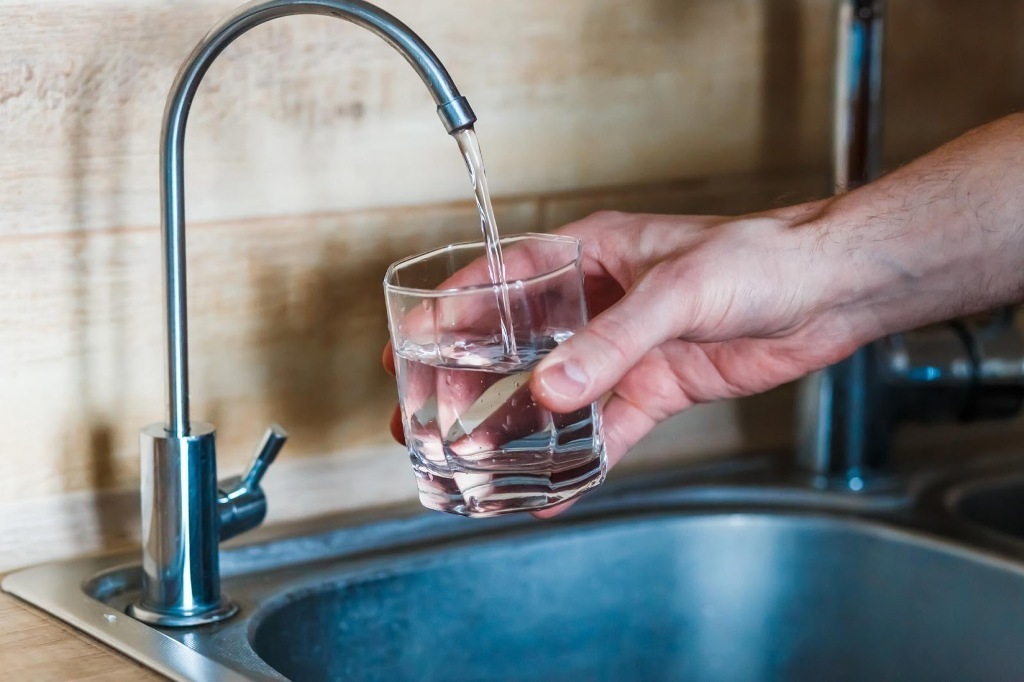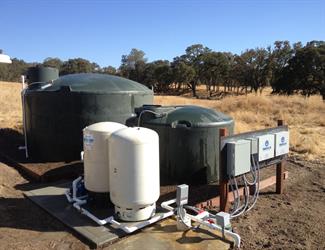| | | State Small Water Systems 
Per the California Safe Drinking Water Act, every resident of California has the right to pure and safe drinking water. The State Small Water System program is established to prevent waterborne disease in water wells and surface water through permitting, inspection and regulation of state small water systems and to insure that only potable water is provided to water system users.
State Small Water Systems
Public Water Systems
Senate Bill 1263
Cross Connection Control Program
State Small Water Systems:
State Small Water Systems located within Solano County are required to obtain a permit to operate from the Environmental Health Division pursuant to the CA Health & Safety Code § 116275 and California Code of Regulations: Titles 17 & 22. A State Small Water System is a system that provides water for human consumption to at least five, but not more than fourteen service connections.
Permit Application Forms:
A water system permit application is required to be submitted for review and approval prior to operation. No person shall operate a state small water system unless a permit to operate has been issued by the Environmental Health Division. Professional Resources:
To ensure the water system is being properly maintained, it is strongly recommended to hire or obtain a certified professional with one of the following licenses:
D1 Certified Distribution Operator
C-55 Licensed Contractor for “Water Conditioning”
T1 Certified Treatment Operator
Public Water Systems:
The Environmental Health Division does not regulate public drinking water systems located within Solano County. The State Water Resources Control Board, Division of Drinking Water (SWRCB—DDW) has regulatory oversight and permits public drinking water systems.
For information on public water system permitting and requirements contact Division of Drinking Water (SWRCB—DDW) here.
What is a Public Water System?
DDW Water System Decision Tree
Senate Bill 1263 (SB 1263):
SB 1263 became effective on January 1, 2017. The bill was created to address an increasing state-wide issue of existing Public Water Systems (PWSs) becoming unsustainable because of the lack of the capacity in the areas of Technical, Managerial and Financial (TMF).The intent of the bill is to encourage the consolidation of the PWSs, and to discourage or prohibit the creation of PWSs that will become unsustainable.
As a result of the bill, the application process to own a PWS has changed significantly. Specifically, the bill requires a submittal of a Preliminary Water System Technical Report to the State Water Resources Control Board, Division of Drinking Water (SWRCB—DDW) for review and approval at least six months before initiating construction of any water related improvement. By definition a water related improvement includes, but is not limited to construction of water pipes, water pumps, drinking water infrastructure and water supply wells.
The following information is provided to assist you to understand the requirements of SB 1263:
SB 1263 FAQ
Contact Division of Drinking Water (SWRCB—DDW)
Cross Connection Control Program:
Cross Connections are unprotected connections between a potable water system and any source or system containing unapproved water or a substance, which is not safe. To ensure protection of the water supply a cross connection control survey should be conducted to identify potential cross-connections and hazards. Backflow prevention devices should be installed and maintained at all potential cross connections identified.
Backflow prevention devices must be tested annually by a certified tester. You can use any certified tester with a valid certification. A list of certified testers is maintained by the California-Nevada Section of the American Water Works Association (CA-NV AWWA): CA-NV AWWA Certified Cross Connection Specialists
Regulatory requirements for Cross Connection Control can be accessed by the following link below:
California Code of Regulations: Title 17
Additional Resources:
|
| | | |